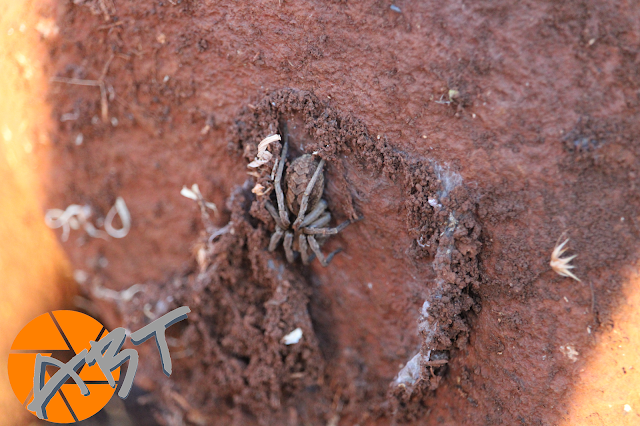Spiders are arachnids, not insects. Other members of the arachnid family include scorpions, mites, ticks and harvestmen.#CritterThursday
The greatest threat to spiders is habitat loss, although
some spider species are also threatened by the pet trade.
Most species are carnivorous, either trapping flies and other
insects in their webs, or hunting them down. They can’t swallow their food as
is, though—spiders inject their prey with digestive fluids, then suck out the
liquefied remains.
Though not all spiders build webs, every species produces
silk. They use the strong, flexible protein fiber for many different purposes:
to climb (think Spider Man), to tether themselves for safety in case of a fall,
to create egg sacs, to wrap up prey, to make nests, and more.
Most spider species have eight eyes, though some have six.
Despite all of those eyes, though, many don’t see very well. A notable
exception is the jumping spider, which can see more colors than humans can.
Using filters that sit in front of cells in their eyes, the day-hunting jumping
spider can see in the red spectrum, green spectrum, and in UV light.
Almost all spiders carry venom, but its purpose is to stun
or kill their insect prey, not to attack humans.
In the whole of South Africa there are only six known
groups/species of spiders that are thought to be considered of medical
importance and can therefore be said to be harmful to humans.
These six are:
Black button spider
Brown button / geometric button spider / rhodesian button
spider
The violin spider
The long-legged sac spider (there is a big debate at the
moment among southern African spider enthusiasts / specialists as to whether
the long-legged sac spider is in fact dangerous at all)
The six-eyed sand spider / the six-eyed crab spider
Lightfoot’s lesser baboon spider / cape baboon spider
(Out of these species / groups only the violin spider is
common in the Lebombo area. This spider is very shy and is usually only seen if
one picks up rocks and logs. They generally do not go into buildings and very
few people even notice that they are around).




Comments
Post a Comment